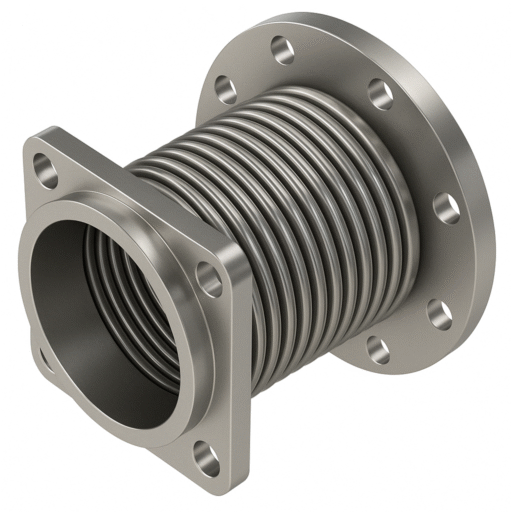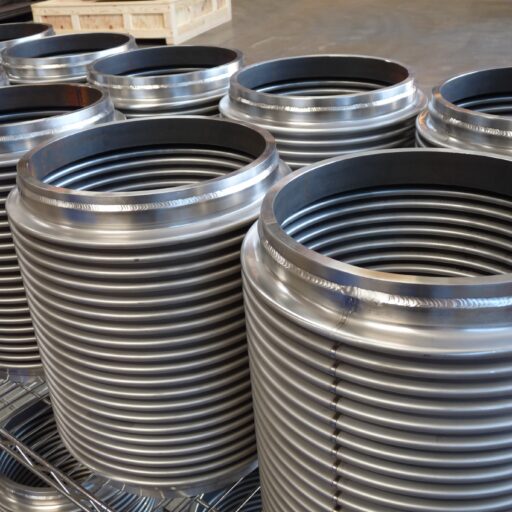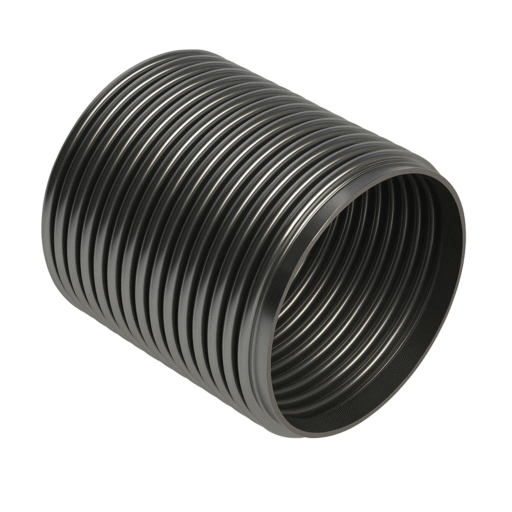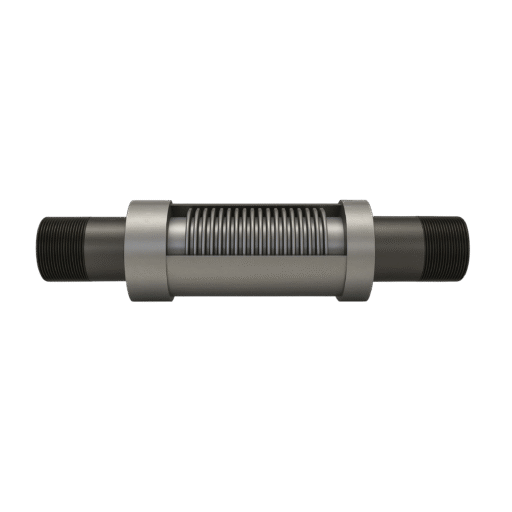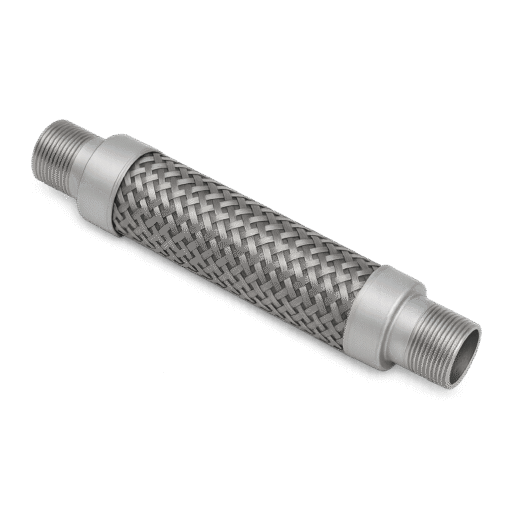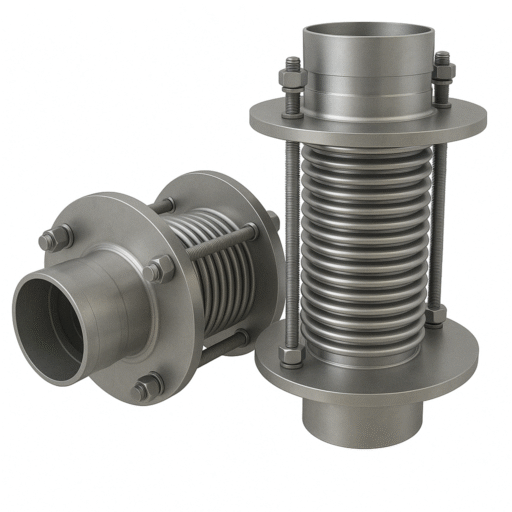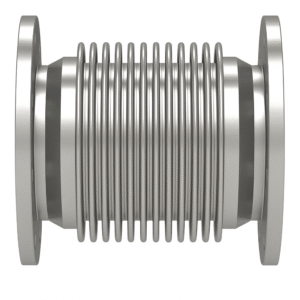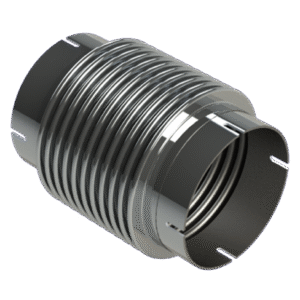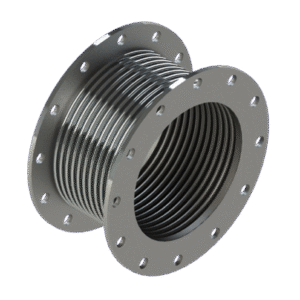A piping system’s expansion joints function in a number of different roles. While this versatility makes them very valuable components, it also means that there are many different causes of expansion joint failure. Know these important aspects surrounding the life expectancy of your stainless steel expansion joints and you’ll be better prepared to replace them when necessary.
What is the life expectancy of pipe expansion joints?
When the design, application, and installation of expansion joints is correct, they can achieve a service life between 15 and 20 years in the majority of industrial applications. Naturally, applications that put more pressure on the joints or stress them with drastic temperature changes will cause them to have a shorter life
Luckily, there are ways you can extend the life of metal expansion joints. You should conduct comprehensive and systematic surveys of all expansion joints in order to prevent premature failures. This kind of survey should gather the relevant data of each joint, such as its orientation, inside diameter, location, and general condition. You should also stock the proper types of joints, have periodic follow-up inspections, analyze why any joints fail prematurely, and have ongoing training for your company’s personnel.
What are the warning signs of stainless steel expansion joint failure?
If an expansion joint is failing, there are often perceptible warning signs. By catching these warning signs, you’ll be able to replace the joints before it causes your entire system to fail.
The first sign is arch inversion in the joint. This can mean that a system vacuum has exceeded the specified expansion value of the joint and you may need to replace it with a high pressure expansion joint. You should also keep an eye out for cracking at the base of the arch. This indicates that the joint is being over-elongated and you should replace it with custom expansion joints that are the proper length. The third warning sign of failure is ply separation on the outside of the cover. Separation can happen when a joint has been subjected to excessive movement over the course of time.
The care of stainless steel expansion joints can be more than you anticipated. For instance, steel typically has a melting point of 2,500 degrees Fahrenheit. Being aware of these kinds of characteristics is important for the care of your expansion joints. For more information on expansion joint care, contact Triad Bellows today.

